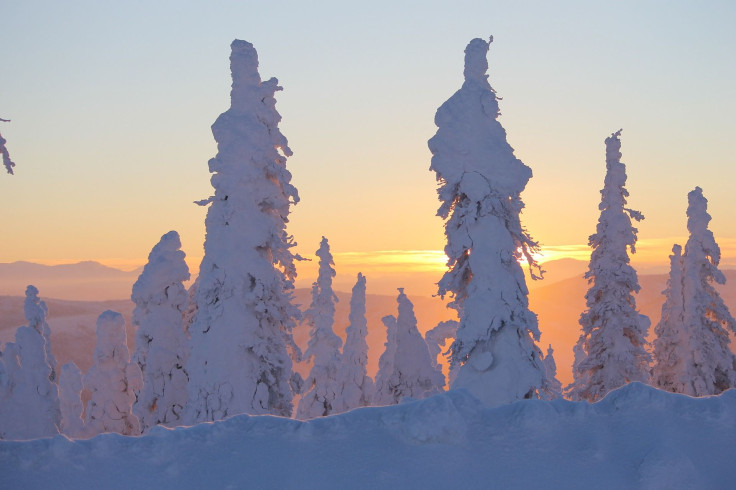Hidden Diseases In The Ice Waking Up As Earth’s Climate Warms

Throughout history, humanity has existed side-by-side with viruses and bacteria. From the bubonic plague to smallpox, humanity has evolved to resist these bacteria and viruses. However, there are now new ways for them to infect us.
Ever since Alexander Fleming discovered penicillin, humanity began taking antibiotics to fight bacteria and viruses. In response, bacteria evolved and become resistant to antibiotics. The battle between bacteria and viruses, and humanity is endless. In spending so much time with them, we’ve developed a kind of natural stalemate.
But what would happen if we were suddenly exposed to deadly viruses and bacteria that have been absent for thousands of years or that we’ve never been exposed to before? Humanity might be about to find out.
Climate change is melting permafrost areas that have been frozen for thousands of years. As the permafrost melts, so too the ancient bacteria and viruses that have been frozen. These ancient bacteria and viruses, which previously lay dormant in the ice, may spring back to life as the earth’s climate warms.
In August 2016, a 12-year-old boy died and at least twenty people were hospitalized after having been infected by anthrax. This happened in the Yamal Peninsula in the Arctic Circle, a remote corner of Siberian tundra.
Experts theorized that over 75 years ago, a reindeer infected with anthrax died and its carcass was frozen and trapped under a layer of permafrost. It stayed there, with the disease dormant, until a heatwave in the summer of 2016. The heatwave thawed the permafrost and exposed the reindeer corpse, which then released the infectious pathogen into the nearby water and soil, and then into the food supply. More than 2,000 reindeer grazing near the corpse became infected, which then led to a small number of human cases.
While you may think the incident is isolated to that area, the fact that long-dormant viruses and bacteria might wake up soon due to climate change will affect us all.
As the Earth gets warmer, more permafrost will melt. Under normal circumstances, about 50cm of permafrost layers melt during the summer. But now, global warming is gradually melting older permafrost layers.
Frozen permafrost soil is quite possibly the perfect place for bacteria to remain alive for long periods of time, perhaps even as long as a million years. This means that the melting ice could potentially open up the Pandora’s box of diseases.
“Permafrost is a very good preserver of microbes and viruses, because it is cold, there is no oxygen, and it is dark. Pathogenic viruses that can infect humans or animals might be preserved in old permafrost layers, including some that have caused global epidemics in the past,” evolutionary biologist, Jean-Michael Claverie from the Aix-Marseille University in France, said.
With the earth getting warmer and warmer because of climate change, who knows what deadly viruses and bacteria are lurking beneath permafrost areas.
Perhaps it is time for everyone to do their part to stop global warming.
© Copyright IBTimes 2025. All rights reserved.





















